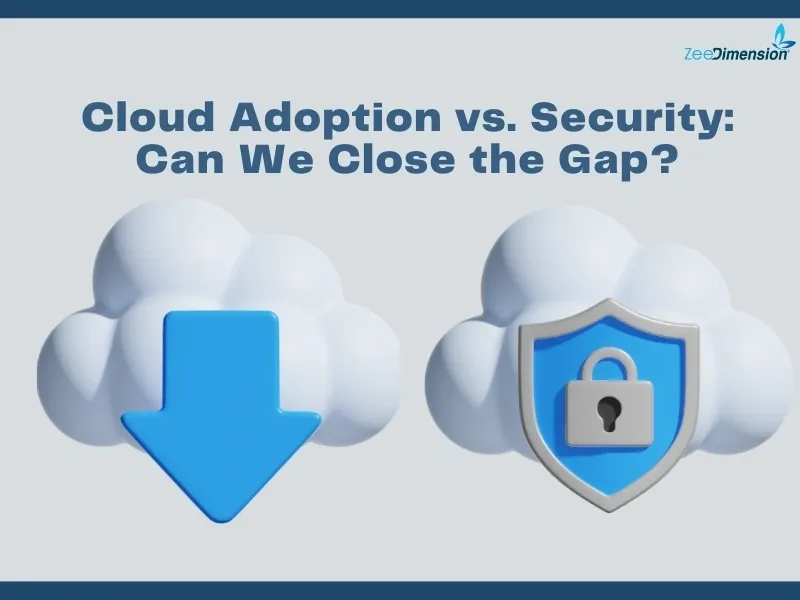
As organizations turn to cloud computing for enhanced agility, scalability, and cost efficiency, the debate over cloud adoption versus security intensifies. Can we close the gap between leveraging the benefits of the cloud and maintaining robust security?
The Promise of Cloud Adoption
-
Scalability: Scale resources up or down based on demand.
-
Cost Efficiency: Shift from capital expenditure to predictable operational expense.
-
Agility: Deploy applications and services faster.
-
Innovation: Access advanced technologies like AI and big data analytics without significant upfront investment.
Security Concerns in Cloud Adoption
-
Data Breaches and Loss: Shared infrastructure can expose sensitive data to unauthorized access.
-
Compliance and Regulatory Issues: Ensure cloud usage complies with standards and regulations like GDPR, HIPAA, or PCI DSS.
-
Insider Threats: Malicious insiders or compromised accounts pose significant risks.
-
Service Downtime: Dependence on CSPs means downtime can impact business operations.
-
Lack of Visibility and Control: Traditional security tools may not provide the same level of visibility and control in the cloud.
Bridging the Security Gap
-
Despite these challenges, closing the gap is possible by implementing best practices and leveraging advanced security technologies.
Shared Responsibility Model
-
Understand and implement the shared responsibility model. CSPs secure the cloud infrastructure, while organizations secure their data and applications within the cloud.
Data Encryption
-
Encrypt data at rest and in transit to protect sensitive information from unauthorized access. Utilize encryption technologies and key management practices that align with industry standards.
Identity and Access Management (IAM)
-
Implement robust IAM policies to control access to cloud resources. Use multi-factor authentication (MFA) and role-based access control (RBAC) to minimize the risk of unauthorized access.
Continuous Monitoring and Threat Detection
-
Deploy cloud-native security tools to continuously monitor cloud environments for suspicious activities. Utilize advanced threat detection technologies like AI and machine learning to identify and respond to threats in real-time.
Regular Audits and Compliance Checks
-
Conduct regular security audits and compliance checks to ensure adherence to regulatory requirements and internal security policies. Use automated tools to streamline the audit process.
Training and Awareness
-
Educate employees about cloud security best practices and the importance of maintaining a security-first mindset. Regular training sessions can help prevent accidental security breaches caused by human error.
Incident Response Plan
-
Develop and test a comprehensive incident response plan for cloud environments. Ensure all stakeholders know their roles and responsibilities in the event of a security incident.
Conclusion
The gap between cloud adoption and security can be closed with a proactive approach, leveraging advanced technologies, and adhering to best practices. Integrate both seamlessly to ensure the benefits of the cloud are realized without compromising on security.







